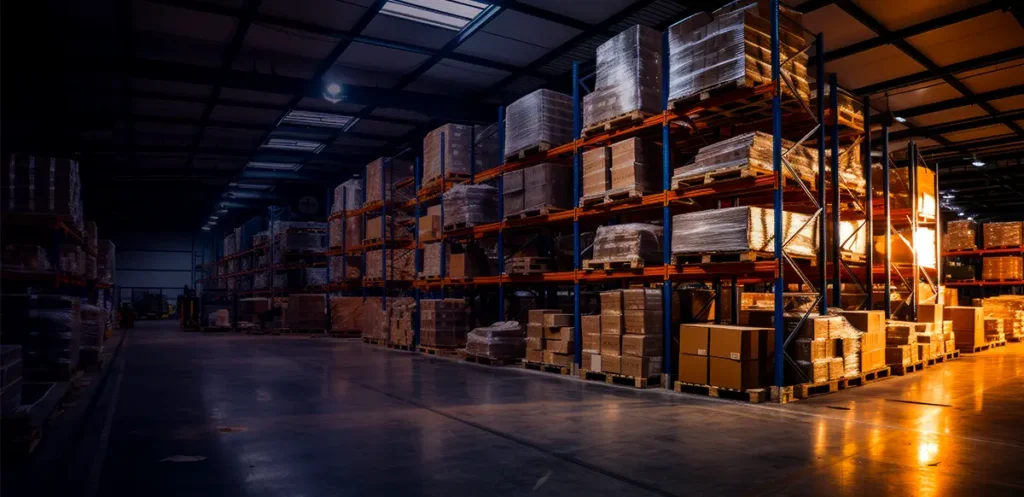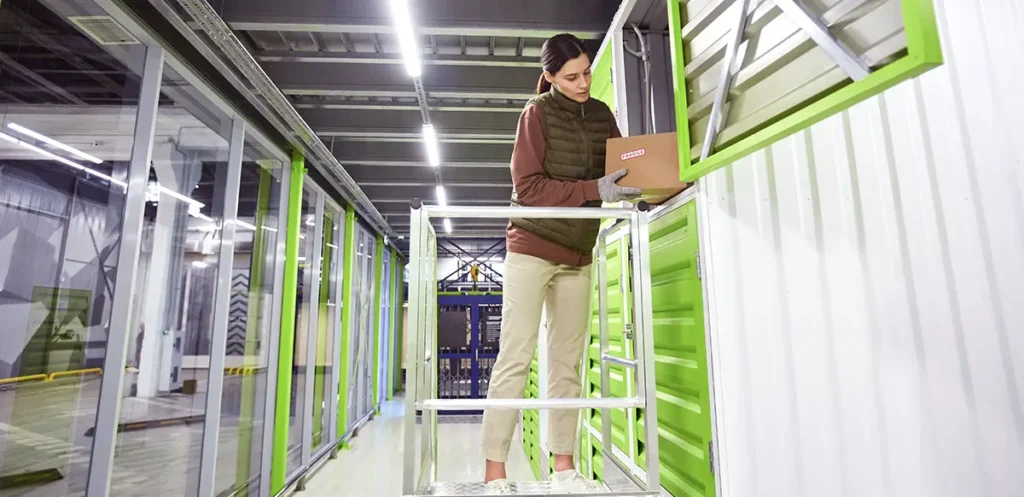Solving Challenges in Fashion Retail and E Commerce through Automation

The Indian fashion retail market is booming, driven by a young, tech-savvy population and rising disposable incomes. Whether it’s traditional attire like sarees and lehengas or global fashion trends, the industry is a beautiful blend of the old and new. Yet, while this growth is exciting, it’s no secret that the industry is facing an array of challenges, particularly with the rise of online shopping.
Today, consumers expect faster deliveries, seamless returns, and a personalized shopping experience across channels. Behind the scenes, however, fashion retailers are grappling with operational challenges. Peaks in sales, fluctuating demand, managing more SKUs, and balancing stock levels—it’s a delicate dance. So, how can retailers keep up?

The Hidden Struggles of Fashion Retailers
Imagine managing an inventory that grows larger by the day, with increasingly complex demands. More SKUS, faster turnaround times, rising returns, and a lack of trained manpower are making it harder for retailers to stay ahead. Factor in the challenge of storing high-value items securely and keeping pace with seasonal demand spikes, and it becomes clear: traditional systems simply aren’t cutting it.
Ask yourself-how do you plan for 5x the regular order volume during peak season? And what about the growing costs of operations? These are the realities fashion retailers face every day.
But what if you could eliminate unnecessary steps, reduce manual touches, and streamline your entire process? Enter automation-the game changer that’s transforming fashion retail.

Why Automation is No Longer Optional
Automation is not just about keeping up. It’s about staying ahead. From reducing operational costs to handling more complex inventories, it offers solutions to the biggest challenges fashion retailers face
- More Productivity, Fewer Errors: Automation ensures workers aren't burdened with repetitive, manual tasks. It slashes the need for human intervention, reducing the likelihood of errors and significantly improving efficiency
- Streamlined Processes: Every extra touchpoint in a process is a potential problem waiting to happen. Simplified, automated processes mean fewer touchpoints, faster order processing, and smoother returns.
- Real-Time Inventory Tracking: One of the greatest hurdles for fashion retailers is tracking inventory in real time. Automation bridges this gap, enabling retailers to maintain accurate stock levels and ensure faster deliveries.

What's Holding Back Automation?
For many fashion retailers, the questions of CAPEX, ROI, and disruption to current processes are real concerns. With inventory constantly fluctuating and customer expectations soaring, many wonder whether automation can truly provide the scalability and flexibility needed to thrive in today’s market.
That’s where the future of automation becomes interesting.
The Future of Automation in Fashion Retail: What's Next?
Looking ahead, the future is filled with questions-and potential. As retailers continue to expand SKUS and face space and labor constraints, will automation become the only viable solution? Could we even see fashion items delivered in 10 minutes like groceries in quick commerce?
- Omni-Channel Mastery: With consumers shopping across platforms-online, in-store, and mobile-automation will play a pivotal role in seamlessly managing inventory across these channels.
- Urban Warehousing: Imagine fashion items delivered to your doorstep within hours, not days. Urban warehousing will place distribution centers closer to consumers, cutting down delivery times and costs.
- Flexibility and Scalability: With the market evolving faster than ever, retailers will need flexible DC designs that can adapt to new trends and shifting demand at lightning speed.
And as automation takes over, the focus will shift to empowering workers, offering them the skills they need to manage advanced systems and creating a safer, more ergonomic work environment.
The Future of Automation in Fashion Retail: What's Next?
The role of warehousing in fashion retail has evolved beyond just storage-it’s now a strategic weapon. With automation, fashion retailers are no longer just playing catch-up; they are poised to leap ahead.
Imagine a future where:
- Inventories are managed with razor-sharp accuracy.
- Warehouses run like well-oiled machines, eliminating inefficiencies.
- And customer service excellence isn't just a goal-it's the standard.
The future of fashion retail is here, and it’s being shaped by the smart use of automation.
Will you be a part of this revolution?


